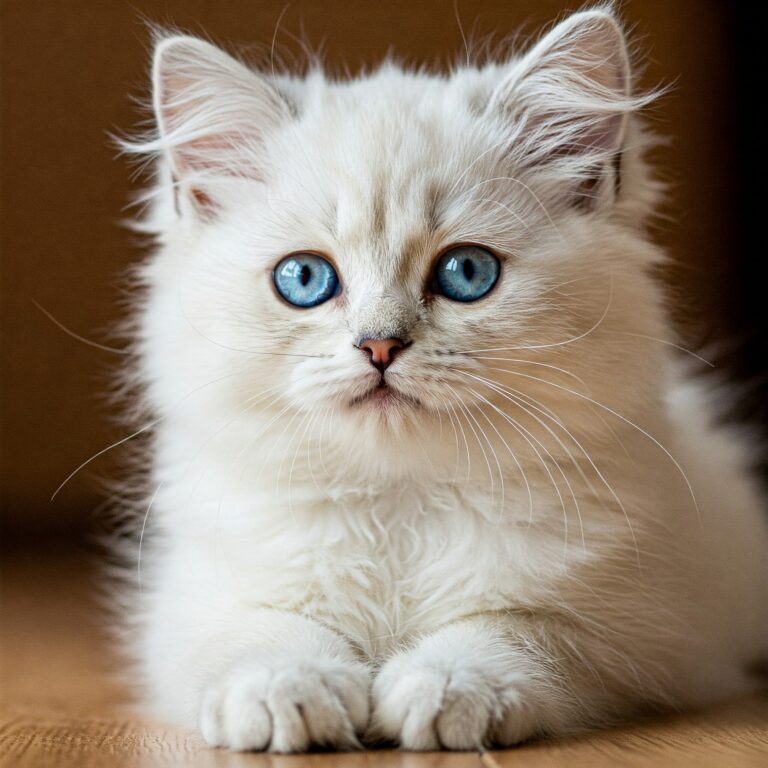
Hypoallergenic Cat Breeds: The Best Options for Allergy Sufferers
Love cats but suffer from allergies? You’re not alone. Millions of people are allergic to cats, primarily due to a protein called Fel d 1, found in cat saliva, skin, and dander. While no cat is completely allergen-free, certain breeds produce significantly less of this protein — making them hypoallergenic.
Table of Contents
Here’s a list of the most popular hypoallergenic cat breeds and what makes them ideal for allergy-sensitive cat lovers.
1. Siberian
Despite their long fur, Siberian cats surprisingly produce lower levels of the Fel d 1 protein. They are affectionate, playful, and get along well with children and other pets.
Why they’re hypoallergenic: Low levels of allergenic protein.
Bonus: Their thick coat requires regular grooming but sheds less than you’d expect.

2. Balinese
Often referred to as the “long-haired Siamese,” the Balinese cat is elegant and intelligent. They are talkative and love human companionship.
Why they’re hypoallergenic: Low production of Fel d 1 protein.
Temperament: Social, affectionate, and vocal.
3. Oriental Shorthair
These sleek and slender cats come in hundreds of color variations. They’re curious, outgoing, and loyal to their human companions.
Why they’re hypoallergenic: Short coat and low dander.
Care tip: Regular grooming helps reduce allergens even more.
4. Russian Blue
This breed is known for its striking silvery-blue coat and emerald green eyes. Russian Blues are quiet, gentle, and reserved but form strong bonds with their owners.
Why they’re hypoallergenic: They produce less Fel d 1 protein and have a dense coat that traps allergens.
Personality: Loyal and independent.
5. Bengal
With a wild appearance and high energy levels, Bengals are great for active households. Their short, soft coat requires minimal grooming.
Why they’re hypoallergenic: Fine fur and low dander.
Fun fact: Bengals love water and interactive play.

6. Devon Rex
The Devon Rex has a unique, wavy coat and large ears. These cats are friendly, energetic, and love being the center of attention.
Why they’re hypoallergenic: Sparse fur and minimal shedding.
Care tip: They may need occasional bathing to remove oil buildup on the skin.
7. Cornish Rex
Similar to the Devon Rex, the Cornish Rex has even shorter fur. Their coat consists of only the soft undercoat (no guard hairs), which sheds very little.
Why they’re hypoallergenic: Low shedding and minimal dander.
Behavior: Very active and playful — almost dog-like in loyalty.
Tips for Living with Cats if You Have Allergies
Even with a hypoallergenic breed, it helps to reduce allergens around your home:
- Use HEPA air purifiers in main living spaces.
- Wash your hands after petting your cat.
- Vacuum frequently using a vacuum with a HEPA filter.
- Keep your cat out of the bedroom.
- Bathe or groom your cat regularly (if they tolerate it).
Final Thoughts
Hypoallergenic cat breeds can be a game-changer for cat lovers with mild to moderate allergies. By choosing a breed that naturally produces fewer allergens — and by maintaining a clean home environment — you can enjoy the companionship of a feline friend without constant sneezing.
Always spend time with a breed before adopting to test your reaction, and consult with an allergist or veterinarian if you’re unsure.


